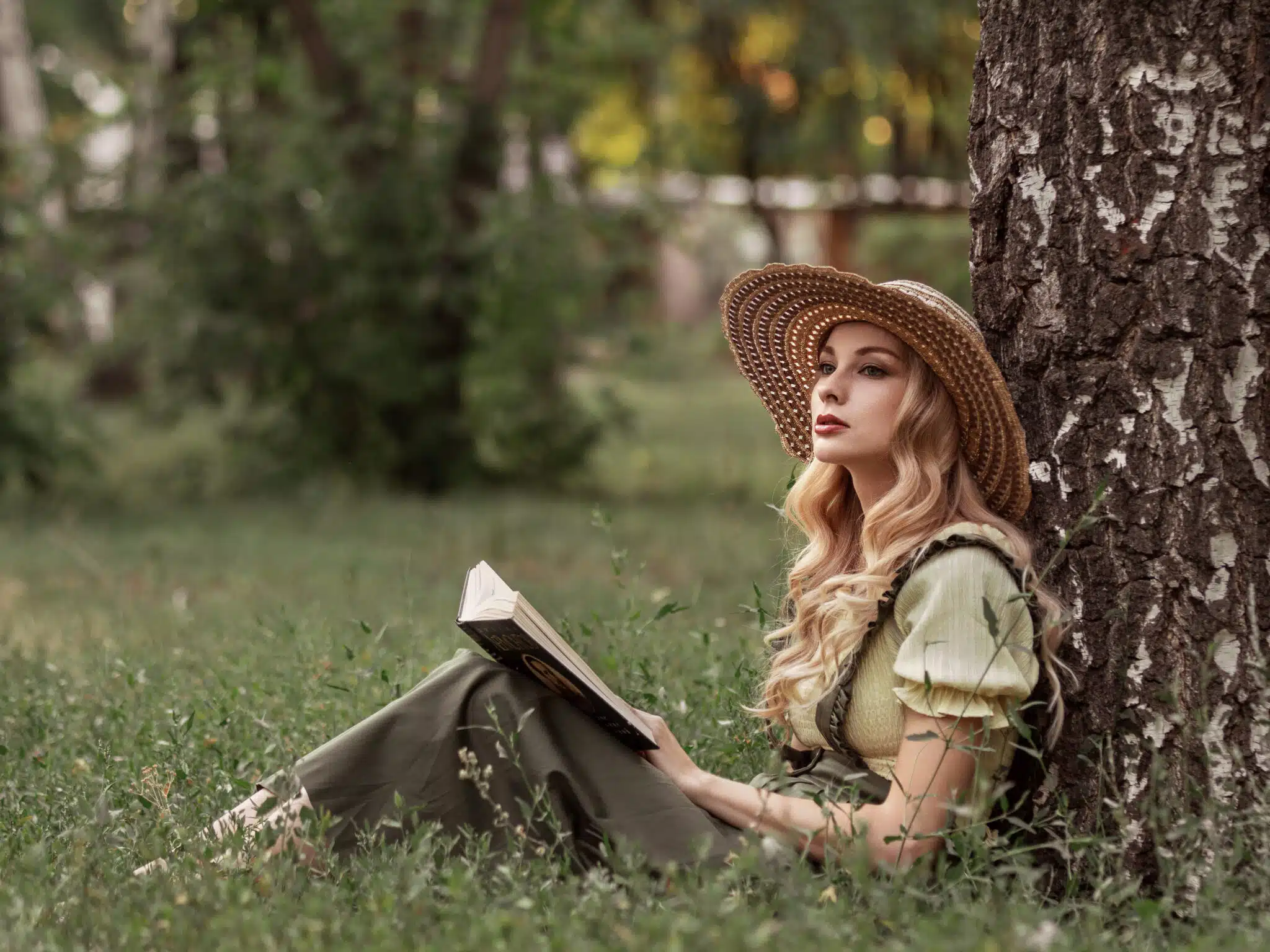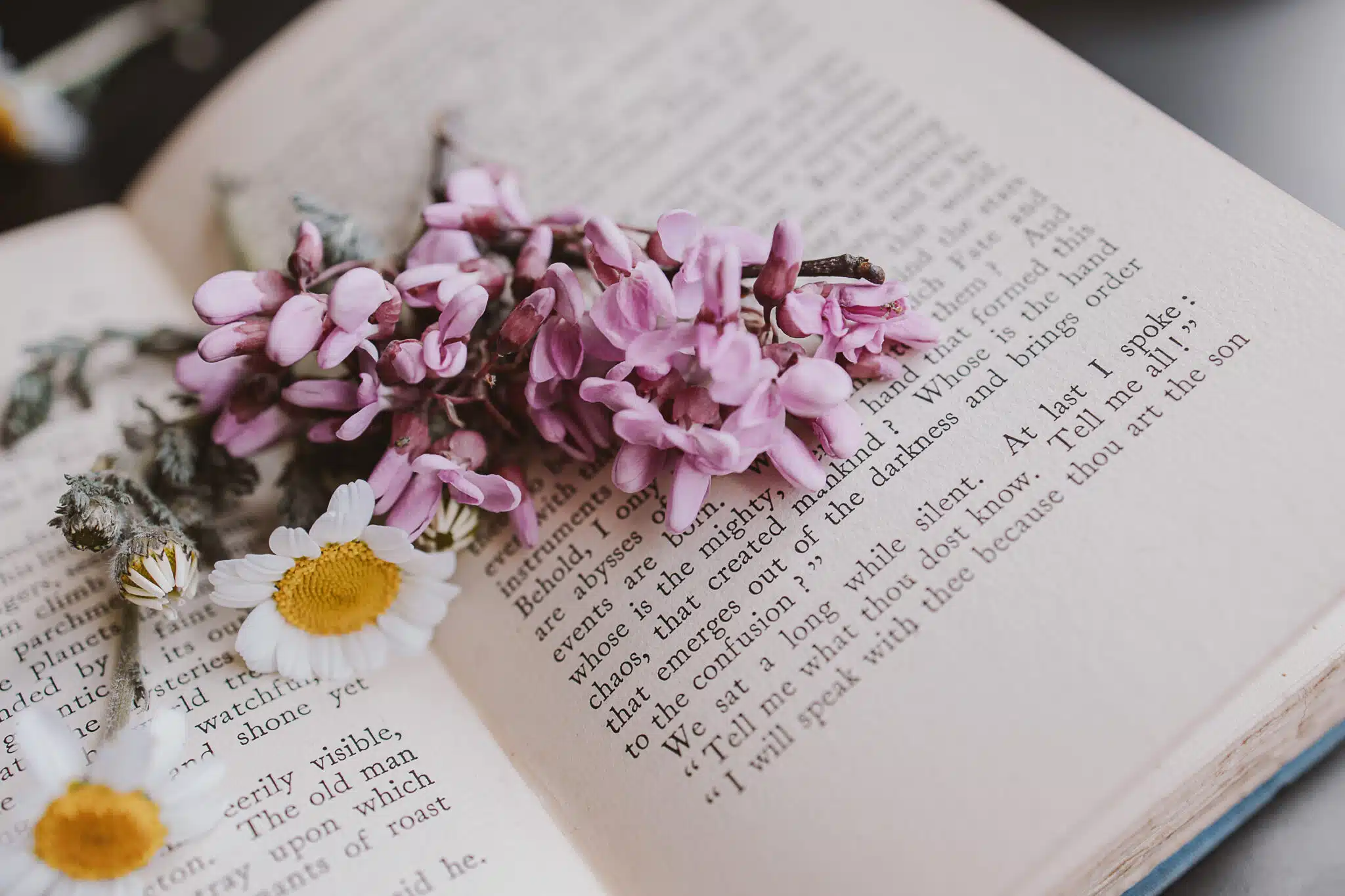Here’s what the Gwawdodyn poetry form is:
The Gwawdodyn verse form is the 20th of the codified Welsh meters.
This form is made up of quatrains comprised of distinct couplet forms that are, themselves, other members of the codified meters.
More specifically, a Gwawdodyn verse will be a Cyhydedd Naw Ban couplet followed by either a Toddaid or a Cyhydedd Hir.
So if you want to learn all about the Gwawdodyn poetry type, then you’ve come to the right place.
Let’s get into it!
- Gwawdodyn Byr Poetry Form: Stir Your Heart’s Ink
- Englyn Poetry Form: Enchant With Sacred Verses
- Toddaid Poetry Form: Drape Emotions in Lines
- Cyhydedd Hir Poetry Form: Master Versatile Lines
- Cyhydedd Fer Poetry Form: Tune Your Insight
- Byr a Thoddaid Poetry Form: Set Your Pen Ablaze

Forms of Poetry: The Gwawdodyn

Gwawdodyn is the 20th of the codified Welsh meters.
It’s a poem form that is always comprised from couplets but that has two distinct variations.
Both versions of the form rely on rhymes and syllable counts.
As with all Welsh forms, some degree of musicality is expected from the form.
This form is a bit unique in that it’s comprised of a combination of other Welsh meters.
While this isn’t entirely unusual among the Welsh forms, the fact that this one is made up completely of a combination of other forms is rather uncommon, since most Welsh forms feature at least one section unique to that form.
Not only is it made up of other meters, but all of the possible meters it can be comprised of are other codified Welsh meters.
This makes the Gwawdodyn form noteworthy in that you need a background knowledge of at least two other codified Welsh meters in order to understand and utilize it.
Basic Properties of Gwawdodyn

| Rhyme Structure | Strict; internal rhymes can shift position |
| Meter | Syllabic |
| Origin | Wales |
| Popularity | Mostly restricted to Welsh poetry |
| Theme | Varies |
How Is Gwawdodyn Structured?

Gwawdodyn is always comprised of quatrains (four-line stanzas).
The first two lines always consist of a Cyhydedd Naw Ban couplet, which is itself the 17th of the codified Welsh meters.
The Cyhydedd Naw Ban is a simple rhymed couplet with nine syllables each.
The last two lines will either be a Toddaid or a Cyhydedd Hir, both of which are other couplet forms found in Welsh poetry.
Each one is worth covering individually here.
The Toddaid is the 19th codified Welsh form. Cyhydedd Hir is the 18th.
The Toddaid utilizes a ten syllable-line followed by a nine-syllable line.
It utilizes gair cyrch, a type of cross-rhyme found in Welsh poetry.
A Gwawdodyn poem that ends in a Toddaid will look roughly as follows:
xxxxxxxxA
xxxxxxxxA
xxxxxxxA-xB
xxxxBxxxA
In the above structure, ‘x’ represents an unrhymed syllable while ‘A’ and ‘B’ represent the two rhyme sounds utilized.
The positions of the internal rhymes can shift around a bit within their respective lines.
The hyphen represents a caesura (pause) that will immediately follow the instance of ‘A’ on the third line, most commonly a dash.
If the poem instead ends in Cyhydedd Hir, then the biggest difference will be the placement of the rhyme sounds.
Just like the Toddaid, Cyhydedd Hir uses a ten-syllable line followed by a nine-syllable line.

A Gwawdodyn verse utilizing it has the structure below:
xxxxxxxxA
xxxxxxxxA
xxxxBxxxxB
xxxxBxxxA
As with the first variant, placement of the internal rhyme sounds can shift a few syllables.
This is a common occurrence within Welsh forms.
Note that this second type of Gwawdodyn ends up with more instances of the second end sound and does not mandate a caesura anywhere in the form.
Since so many Welsh forms are derivatives of other forms, I should mention here that a Gwawdodyn is not the same as a Gwawdodyn Hir or a Gwawdodyn Byr.
There are also other unique variants of the Cyhydedd and Toddaid forms which are not used in a Gwawdodyn poem.
As with the other codified meters, a poem written in Gwawdodyn verses can be as long as the poet wants it to be.
It can be a single quatrain or any number of quatrains, all of which would be expected to feature the above structures.
Welsh poetry always expects “harmony of sound” from its forms, generally achieved through the repetition of sounds.
The most obvious example of this here comes from the rhymes, but additional instances of assonance and consonance are not unwelcome.
Example of Gwawdodyn

Wales has many a form I’ve heard,
all made up of difficult words.
If you perhaps care to pull up a chair
then I’ll gladly share ones I prefer.
While the above poem features only a single verse, it does showcase the expected elements of the second variant of the Gwawdodyn, the one that utilizes Cyhydedd Hir.
Take note of how the Gwawdodyn featuring Cyhydedd Hir ends up cycling back to the first rhyme sound of the verse at the end.
Do not be afraid to combine both verse types in a single poem.
Welsh poetry thrives on its flexibility, despite the seemingly stringent requirements of each form.
It’s a bit unique in that slant rhymes based on consonance and assonance are respected on par with true rhymes, internal rhymes can shift their position slightly, and the poems themselves can be of any number of verses.
These elements make Welsh poetry firm but flexible in a way that is not mirrored in most other regions of Europe.
Tips for Writing a Gwawdodyn Poem

Since mastering the Gwawdodyn form will ultimately involve learning four of the 24 codified meters, you may want to just go ahead and research all of its constituent parts first.
Learning about all of the codified meters will give you some more insight into what techniques and elements Welsh poetry tends to value, but you should master the 17th-19th forms at a bare minimum.
The hardest part of a Gwawdodyn verse will always be the second half, regardless of which variant you use.
The Cyhydedd Naw Ban couplet that the poem starts off with is one of the easiest of all the Welsh meters, so it shouldn’t present too much of a challenge.
That said, do keep in mind that whatever end sound you use for the initial couplet will carry over into the second half of the verse.
If you use a sound you can only comfortably rhyme twice, then you may find yourself grasping at straws once you reach the third and fourth lines.
You can alleviate this by utilizing consonant rhymes if necessary, but to English-speaking ears this will make it harder to notice the rhyme scheme.
The Toddaid and the Cyhydedd Hir forms utilized at the end are significantly more difficult.
Working with internal rhymes will be unfamiliar territory with most poets at the intermediate level and never really becomes easy even at the advanced level.
Sticking to monosyllabic rhymes can ease the challenge a little bit, but you may end up having to rewrite a line several times before hitting on one that works for you.
Don’t be afraid of adding more instances of phonetic repetition throughout the poem, especially through assonance and consonance.
Welsh poem forms thrive on the unique sounds made by the poems.
While the link between poetry and music is fairly strong around the world, Welsh poetry is uniquely obsessed with sound, so learning about the concept of cynghanedd (harmony of sound) will greatly improve your relationship with these forms.
Poet’s Note

Just when you think Welsh poems can’t get more complex, they start fusing together and making bigger ones.
At least this one is just a quatrain, but don’t let your guard down.
This isn’t even the toughest Welsh meter out there.
Probably wouldn’t make the top five, to be honest.
Comprehensive Collection of Poetry Forms: Craft Words Into Art

Dare to traverse the entire spectrum of poetic forms, from the commonplace to the extraordinary?
Venture from the quintessential Sonnet to the elusive Mistress Bradstreet stanza, right through to the daunting complexity of Cro Cumaisc Etir Casbairdni Ocus Lethrannaigecht.
For those with a zeal to encounter the full breadth of poetry’s forms, this invitation is yours.
Start exploring the vast universe of poetic ingenuity with our comprehensive array of poetry forms right now!
